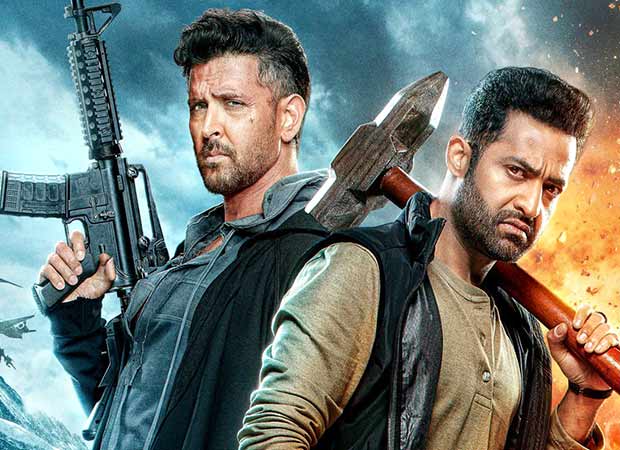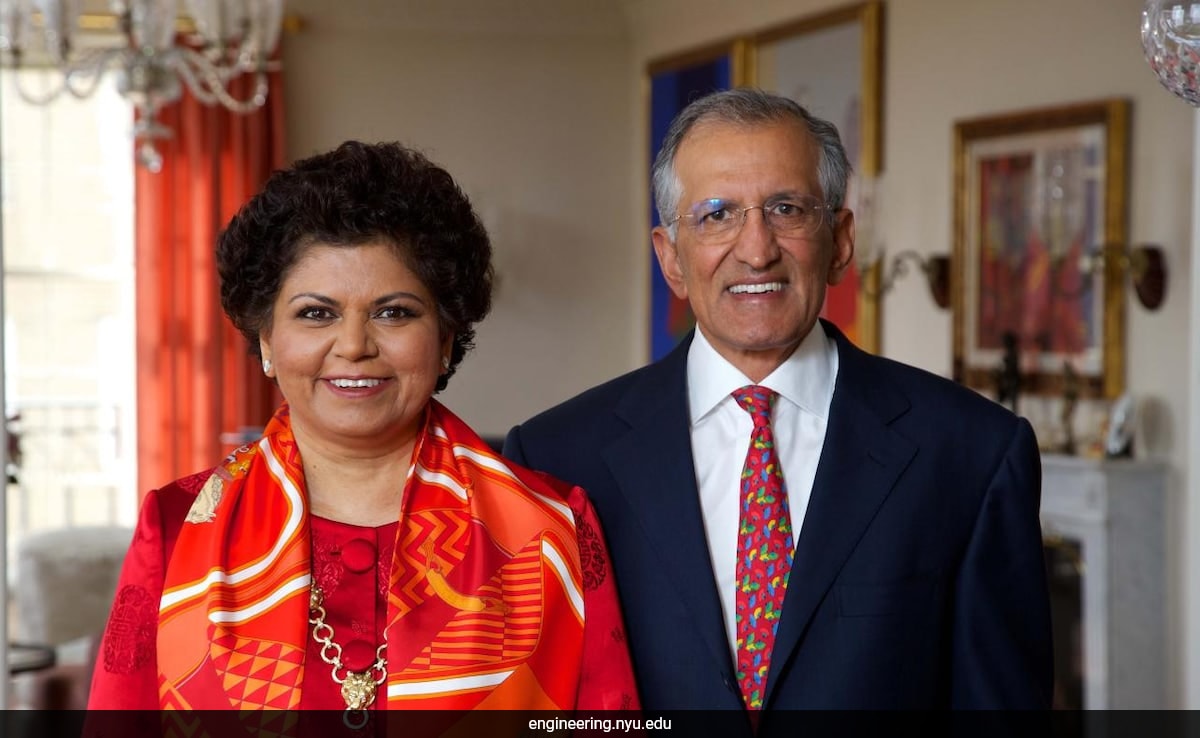NEW DELHI: The United States and India have been witnessing a strengthening relationship, characterised as stronger than ever before by top Defence Department officials in America. This affirmation was made during a session with lawmakers, where it was highlighted that India holds a pivotal position due to its ties with Russia.
“I would describe the US-India relationship as growing and stronger than it has ever been and absolutely essential to our vision for a free and open Indo-Pacific,” said Assistant Secretary of Defence for Indo-Pacific security affairs Ely S Ratner told members of the house subcommittee on Indo-Pacific on Wednesday noting that New Delhi is a swing vote because of its ties with Russia.
Ratner mentioned that efforts are underway to enhance collaboration in various areas, including co-production of defense equipment. He noted significant progress in projects related to jet engines and armoured vehicles, aimed at bolstering the defense industrial base of both nations. Ratner also highlighted the strategic significance of India, acknowledging its relationships with various countries, including Russia, and the importance of aligning with the US.
The commander of US Indo-Pacific command, Navy Adm John Aquilino, echoed Ratner’s sentiments, emphasising the deepening military cooperation between the US and India. Aquilino highlighted the increasing interoperability between the two countries, with joint operations and exercises contributing to enhanced coordination and mutual capabilities.
During the session, the topic of India’s involvement in Brics, a group comprising Brazil, Russia, India, China, and South Africa, was raised. Ratner explained that India’s strategic identity aligns with a multipolar international system, reflecting its foreign policy objectives. Despite its associations within Brics, India has been moving towards strategic convergence with the US, particularly in the Indo-Pacific region.
“Our defence trade now is valued at over $20 billion and India recently announced their decision to acquire over 30 MQ9Bs and BS. That’s part of a growing defence relationship between our countries that couldn’t be more important,” the defence department official said.
Aquilino emphasised the importance of the US-India comprehensive global strategic partnership in maintaining a free and open Indo-Pacific. The launch of initiatives like INDUS-X and the roadmap for US-India defence industrial cooperation signifies the commitment to enhance bilateral defense cooperation and innovation. Notably, the proposed deal between G E Aerospace and Hindustan Aeronautics for domestic production of F-414 jet engines exemplifies this collaborative approach.
In the realm of defense collaboration, both countries are striving for unprecedented levels of interoperability across different domains. Aquilino mentioned the participation of US B-1B Bombers in India’s AERO INDIA air show and the bilateral air exercise ‘Cope India’ as examples of expanding cooperation in the air domain. Furthermore, joint exercises like ‘Tiger Triumph’ in the land domain have strengthened maritime domain awareness and service-to-service ties between the US and India.
Looking ahead, the focus remains on deepening cooperation under the Logistics Exchange Memorandum of Agreement (LEMOA) to facilitate more regular engagements in the Indian Ocean Region. Recent agreements for ship repair further underscore the commitment to enhancing maritime collaboration between the two nations.
The testimony from officials underscores the shared vision for a free and open Indo-Pacific region and the ongoing efforts to nurture and advance the strategic partnership between the US and India. As both countries continue to collaborate in defense and security realms, the bond between them is poised to grow stronger, contributing to regional stability and security.
The evolving partnership between India and the United States holds significance not only for the two countries but also for the broader Indo-Pacific region.
(With agency inputs)
“I would describe the US-India relationship as growing and stronger than it has ever been and absolutely essential to our vision for a free and open Indo-Pacific,” said Assistant Secretary of Defence for Indo-Pacific security affairs Ely S Ratner told members of the house subcommittee on Indo-Pacific on Wednesday noting that New Delhi is a swing vote because of its ties with Russia.
Ratner mentioned that efforts are underway to enhance collaboration in various areas, including co-production of defense equipment. He noted significant progress in projects related to jet engines and armoured vehicles, aimed at bolstering the defense industrial base of both nations. Ratner also highlighted the strategic significance of India, acknowledging its relationships with various countries, including Russia, and the importance of aligning with the US.
The commander of US Indo-Pacific command, Navy Adm John Aquilino, echoed Ratner’s sentiments, emphasising the deepening military cooperation between the US and India. Aquilino highlighted the increasing interoperability between the two countries, with joint operations and exercises contributing to enhanced coordination and mutual capabilities.
During the session, the topic of India’s involvement in Brics, a group comprising Brazil, Russia, India, China, and South Africa, was raised. Ratner explained that India’s strategic identity aligns with a multipolar international system, reflecting its foreign policy objectives. Despite its associations within Brics, India has been moving towards strategic convergence with the US, particularly in the Indo-Pacific region.
“Our defence trade now is valued at over $20 billion and India recently announced their decision to acquire over 30 MQ9Bs and BS. That’s part of a growing defence relationship between our countries that couldn’t be more important,” the defence department official said.
Aquilino emphasised the importance of the US-India comprehensive global strategic partnership in maintaining a free and open Indo-Pacific. The launch of initiatives like INDUS-X and the roadmap for US-India defence industrial cooperation signifies the commitment to enhance bilateral defense cooperation and innovation. Notably, the proposed deal between G E Aerospace and Hindustan Aeronautics for domestic production of F-414 jet engines exemplifies this collaborative approach.
In the realm of defense collaboration, both countries are striving for unprecedented levels of interoperability across different domains. Aquilino mentioned the participation of US B-1B Bombers in India’s AERO INDIA air show and the bilateral air exercise ‘Cope India’ as examples of expanding cooperation in the air domain. Furthermore, joint exercises like ‘Tiger Triumph’ in the land domain have strengthened maritime domain awareness and service-to-service ties between the US and India.
Looking ahead, the focus remains on deepening cooperation under the Logistics Exchange Memorandum of Agreement (LEMOA) to facilitate more regular engagements in the Indian Ocean Region. Recent agreements for ship repair further underscore the commitment to enhancing maritime collaboration between the two nations.
The testimony from officials underscores the shared vision for a free and open Indo-Pacific region and the ongoing efforts to nurture and advance the strategic partnership between the US and India. As both countries continue to collaborate in defense and security realms, the bond between them is poised to grow stronger, contributing to regional stability and security.
The evolving partnership between India and the United States holds significance not only for the two countries but also for the broader Indo-Pacific region.
(With agency inputs)






